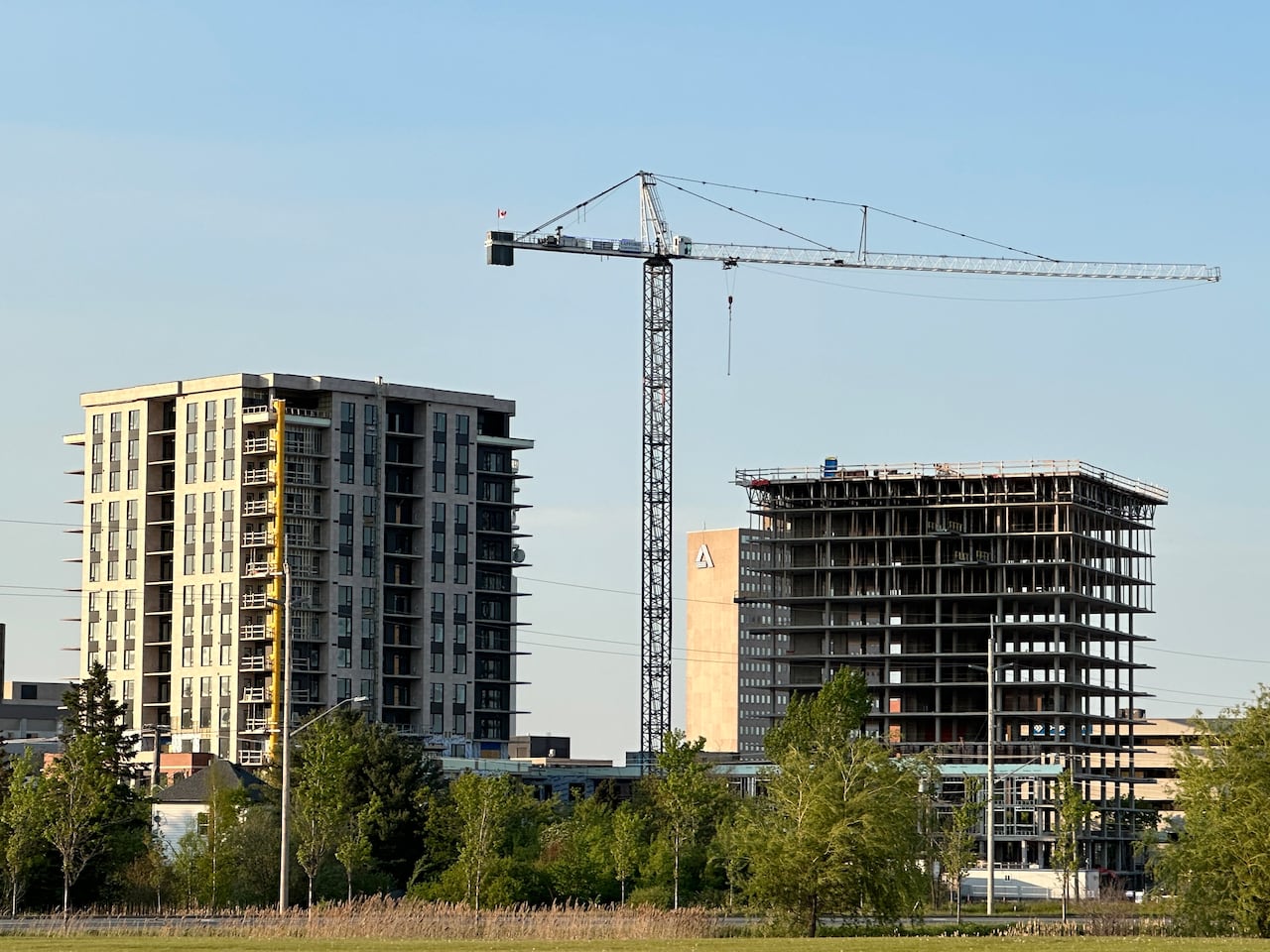The Rise of High-Density Housing in New Brunswick’s Major Cities
New Brunswick’s three largest cities — Moncton, Fredericton, and Saint John — are experiencing a surge in population growth, prompting a shift toward high-density residential developments. This trend is driven by the need to meet rising housing demand, with cities prioritizing building upwards rather than expanding outward.
Moncton: A City in Rapid Growth
Moncton has emerged as one of Canada’s fastest-growing areas, with its population surpassing 97,000 in 2024 — up from just under 78,000 in 2020. This dramatic increase has led to a transformation in the city’s housing landscape. According to Josh Davies, manager of long-range policy planning for Moncton, what used to be considered a “good year” for housing was around 500 to 600 units. Now, the city is aiming for nearly 900 units annually, with the majority being high-density projects such as multi-storey apartment buildings.
This year alone, Moncton has issued permits for over 700 new housing units, with large-scale residential projects leading the way. While the city still faces a housing deficit, this growth is seen as a positive challenge that keeps development moving forward.
Fredericton: Managing Unprecedented Growth
Fredericton is also grappling with rapid population expansion. Its 2017 growth strategy projected an annual increase of 1,200 residents until 2041. However, recent years have seen even more significant growth, with over 2,000 new residents added in some years and more than 3,000 in the most recent year.
Fredrick Van Rooyen, a planner with the City of Fredericton, noted that the last five years have been marked by unprecedented growth, particularly in urban areas. Before this, the city averaged about 300 new housing units per year. Since 2022, this number has more than doubled. In the first four months of this year alone, the city issued permits for 324 new units, with projections for 1,000 units this year, largely due to multi-unit developments.
Two notable projects currently underway include a 10-storey apartment building on York Street and a six-storey building on Cuffman Street. These developments could take between one to two years to complete.
Van Rooyen emphasized that multi-unit development has now overtaken single-detached dwellings in terms of volume. Over the past five years, 80 to 90% of new units have been multi-unit. While single-family homes remain important, the focus is shifting toward meeting demand through higher density.
Saint John: Expanding Housing Options
Saint John is also seeing a rise in multi-unit developments. This year, the city has issued permits for 11 apartment buildings, including a 40-unit building near the Little River Reservoir Park and a 34-unit building on Millidge Avenue.
Christopher McKiel, director of development and community standards for Saint John, noted that while the number of units permitted this year is slightly lower than last year’s record, several large projects are still in the pipeline. More than a dozen developments representing over 1,100 residential units are waiting for approval and could break ground in the next year.
Provincial Goals and Challenges
The provincial population of New Brunswick reached approximately 860,000 as of April 2024, up from about 781,050 in the first quarter of 2020. David Hickey, minister responsible for the New Brunswick Housing Group, outlined a goal of 6,000 new housing units per year across the province, totaling 30,000 by 2030. He believes this target aligns with the growing demand.
Fredericton projects that it will need to add almost 20,000 housing units by 2044. Van Rooyen highlighted the city’s rental vacancy rate, which is currently below 1%, compared to a healthy range of 3 to 5%. Maintaining pace with this demand remains a key challenge.
Economic Factors and Developer Interest
Hickey pointed to the removal of the harmonized sales tax (HST) on new multi-unit projects as a factor in increased development. With construction costs reduced by 15%, developers are more inclined to invest in these projects.
Mylène Vincent, CEO of Pivot Housing Solutions, agrees that the HST removal, along with population growth, has spurred construction activity. She also notes that developers from Ontario and Quebec have become more interested in the Atlantic provinces, drawn by the region’s growth potential.
Vincent emphasizes that while the shift toward multi-unit housing is positive, there is a need for more affordable housing options. She encourages municipalities to take a leadership role in allocating land for non-profit housing developments.
Conclusion
As Moncton, Fredericton, and Saint John continue to expand, the trend toward high-density housing is reshaping their urban landscapes. With population growth outpacing initial projections, cities are working to meet demand through innovative development strategies. While challenges remain, the current momentum suggests a promising future for housing in New Brunswick.







